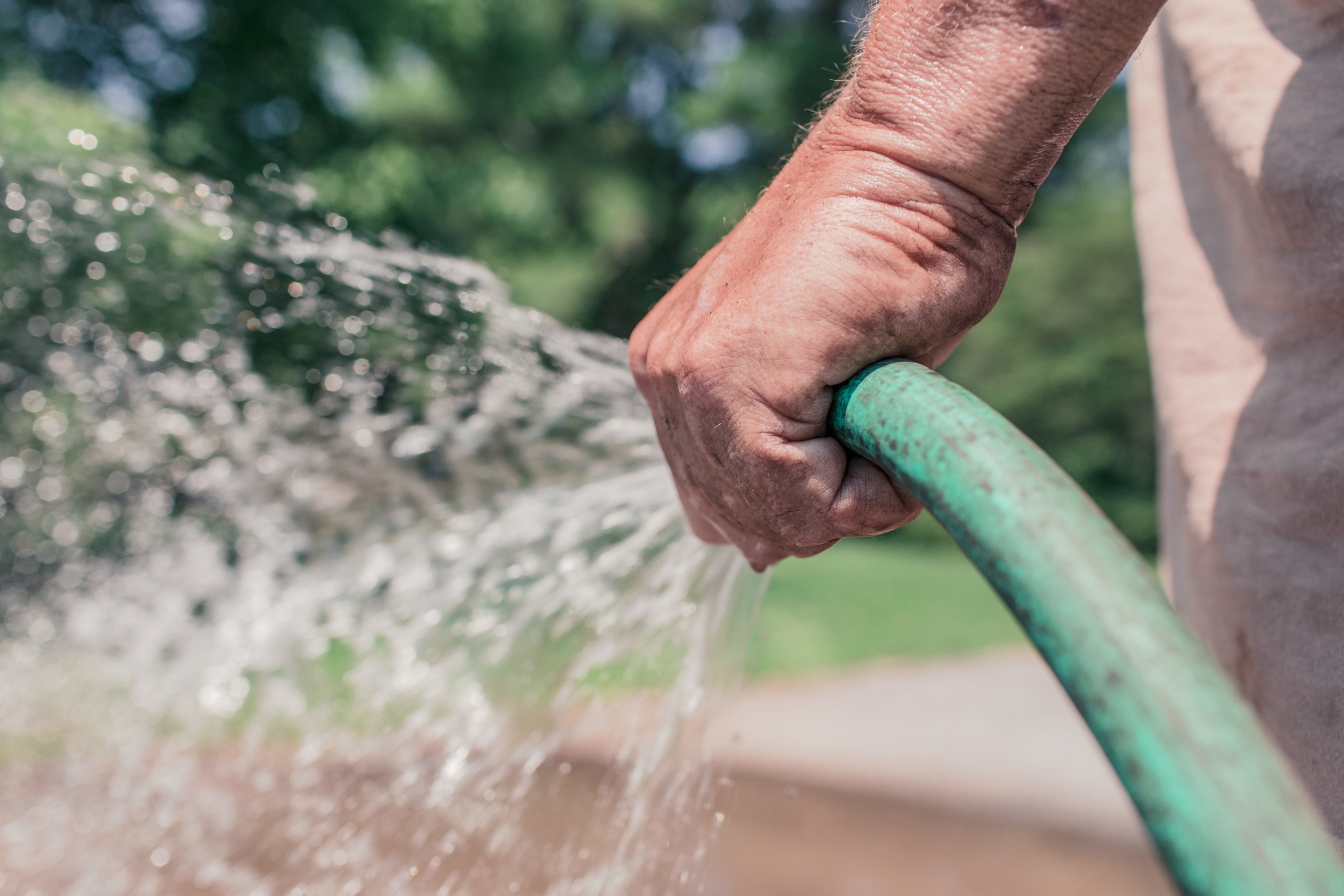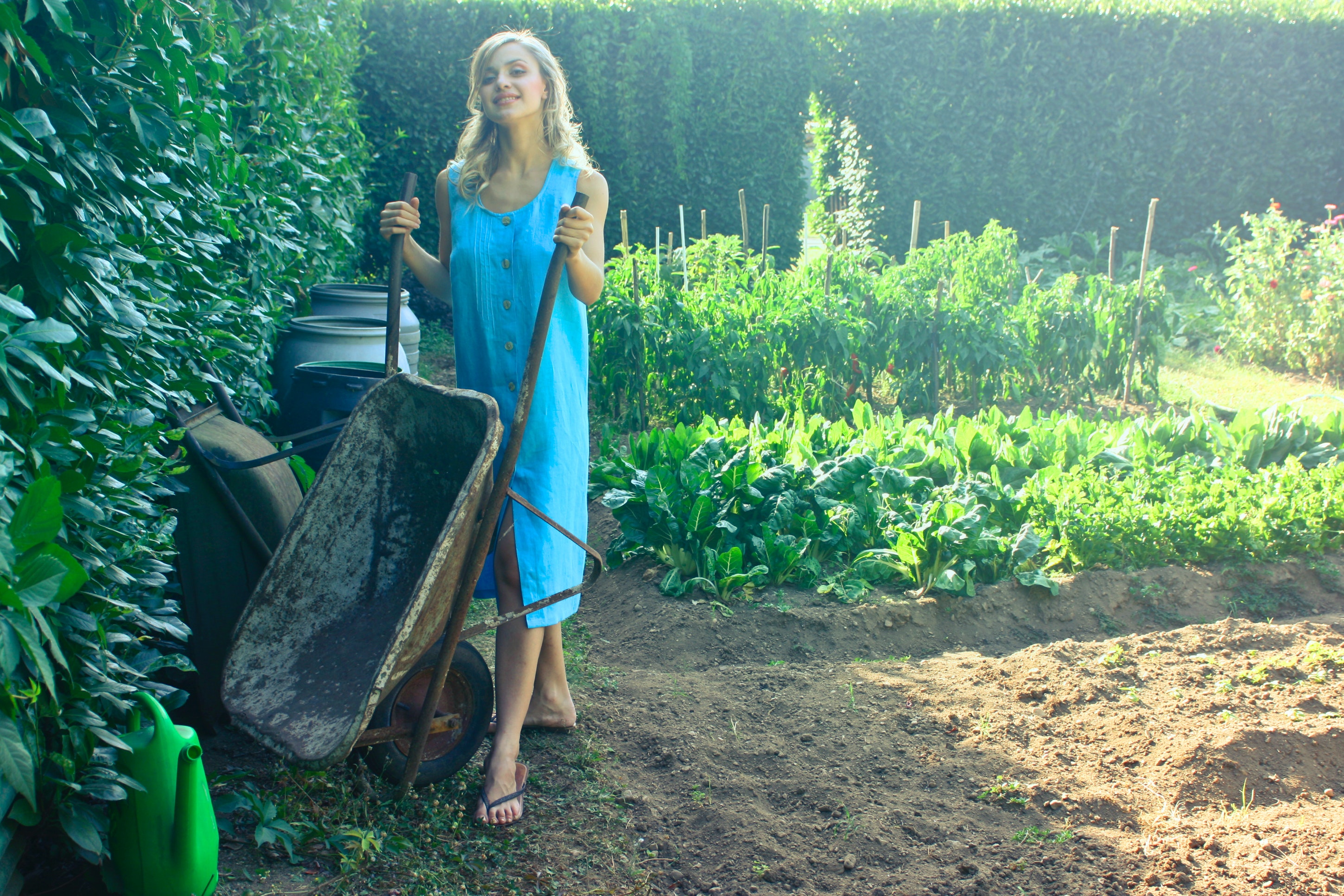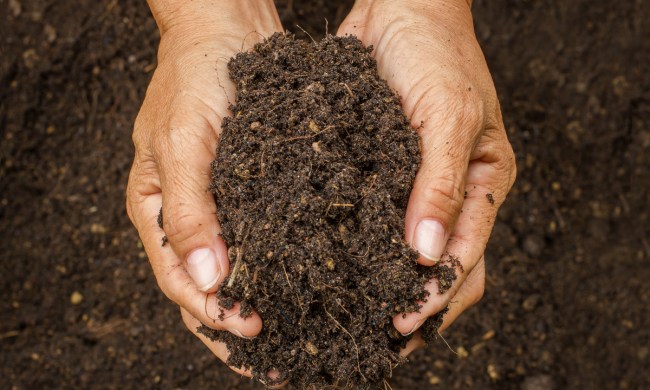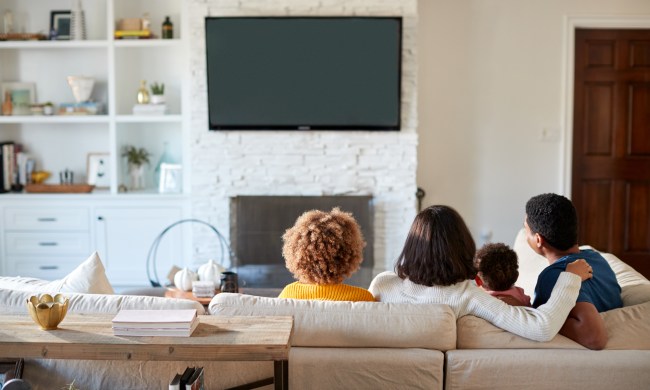
Remember how entertaining it was to play in the dirt as a kid? Well, there’s at least 2.05 million Americans who grew up loving it so much that they became farmers. Worldwide, there’s over 570 million according to globalagriculture.org.
Of course, it wasn’t the dirt so much as it was the idea that you can plant seeds and make beautiful plants grow from that soil. It’s not just farmers, either. Countless people all across the country have small vegetable gardens in their backyards or flower gardens planted around their houses.
Additionally, many folks have thought to themselves how nice it would be to start a garden but never did so because they didn’t grow up in the country. They didn’t have a family member with a garden, and they didn’t know anyone else who knew a thing about planting or getting a garden right.
It’s not as easy as tossing some seeds on the ground and spraying it all down with a hose. Plenty of people have tried that and found out the hard way that they should have done sought out gardening tips from the pros, or even engaged some necessary reading.
If you’re the type of person who wants to learn how to get your garden right the first time, below you’ll find smart, actionable information to help you get started. Read on for planting 101.
Cultivating, tilling, or plowing
First thing’s first. Before we even begin talking about getting the garden right, you need to know a few things about some processes. Getting the soil ready for planting is essential, but how do you do that? Many people use terms like cultivating, tilling, and plowing interchangeably. However, they’re not the same thing.
Let’s get the essentials right first, shall we?
Cultivating
Whether you’re a farmer or someone with a much smaller vegetable or flower garden, cultivation is specifically working to get rid of weeds and adding organic fertilizer into the top 3 inches of soil. This is most often done with a hoe or with a tiller.
In broad terms, however, it merely means caring for the plants in your garden.
Tilling
Using rotary spinning blades, farmers and gardeners disturb the soil, churning and turning it up to 8 inches deep.
When it comes to tilling, the most crucial factor is when you choose to do it. You’ve got to ensure that there is a balance between leaving your garden’s soil untouched so that it has a chance to develop a healthy environment, and tilling just often enough to prepare the soil for planting and to kill weeds.
Plowing
If you’re planning to transition a field into a garden or you’ve already got a large garden, then plowing is a must. Because there are usually well-established plants, you’ll need a plow to pull them apart, separate them, and expose the dirt. Afterward, you’ll till the newly churned soil.
Unlike tilling, plowing goes deep into the soil. In fact, a plow can go almost 2 feet into the ground (around 20 inches or so). Plowing 1 foot, however, is the norm.
Finally, if you’re an average gardener, you’ll need to plow only when starting a new garden. Plowing isn’t a task you’ll need to do frequently.
Choosing the right site for your garden

Location, location, location. You don’t want to place your garden in an area that’s out of sight, out of mind. It’s easy to neglect your garden when it’s not easily within view. When you put it someplace close (such as a small garden in your yard), it’s much more likely that you’ll spend time tending to the plants, which will depend upon you for their care.
Ensure there’s plenty of water
Have a water source nearby. Your garden will need a lot of water, so ensuring that you have a water source close is essential. A garden hose is a must if you don’t want to have to cart buckets of water! (Remember that buckets of water can be super heavy and can hurt your back.)
Here, a quick rule of thumb is that it’s time to water your plants if the soil is dry when you push a finger down an inch into the surrounding soil.
Begin with the right soil
Because you don’t know how nutrient-rich the ground is in the area you’ve selected for your garden, an expert tip is to invest in soil. You’ll want to buy soil that’s already been well-drained and that has the minerals your baby plants will need to grow. Once you’ve purchased that soil, spread it out and blend it in with your garden site’s existing soil.

Know your hardiness zone
A great tip when it comes to planting 101 is knowing which plants are best for your garden based on how much cold those plants can withstand. For instance, the warmer the climate, the higher the zone number. If your plant is “hardy to zone 4” and you live in zone 3, well … you shouldn’t plant it because your area is too cold, and your plant will die.
Pay attention to the sun
When you first begin gardening, it can be easy to misjudge sunlight. Before choosing the spot for your garden, look closely at how the sunlight touches the area you have in mind. To survive, many edible plants that include fruits, vegetables, and herbs need a minimum of six hours of sunlight to thrive.
Be prepared
Reading a lot is an excellent decision when trying to get your garden right the first time. Do your research, and don’t jump into the gardening game unprepared. Additionally, learn about the gardening tools you’ll need. Once you feel you’re ready, by all means … set out on the journey that many before you have found both refreshing and fulfilling!


